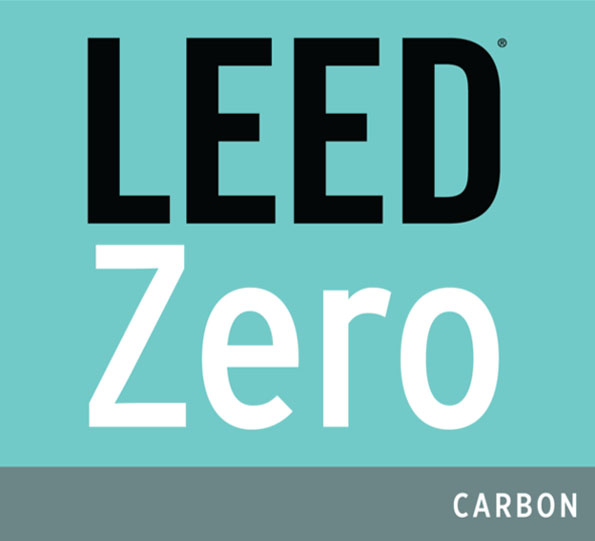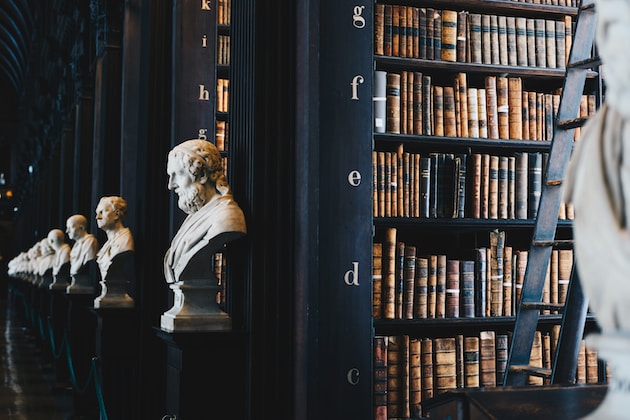LEED is now a well-known representation of environmentally friendly construction methods but the history of LEED is not too famous. Where and when did LEED certification start? Discover the pioneers who paved the path for this history of green architecture movement by taking a trip through the history of LEED.
When was LEED Created
LEED was created early in the 1990s, a group of architects and engineers started looking for methods to encourage sustainable construction techniques. This is when LEED first emerged. There were few tools available at the time to assist architects and builders in incorporating sustainable design concepts into their work, and there was limited knowledge of the environmental effect of buildings. However, this team of innovators saw the need for change and started to create the LEED framework for sustainable construction.
The Birth of the USGBC
A group of architects, engineers, and environmentalists who shared a vision for a more sustainable built environment created the U.S. Green Building Council (USGBC) in 1993, they are the professionals who founded LEED. The USGBC’s goal was to advance sustainability in the construction sector via lobbying, training, and certification initiatives which is when they established LEED. The creation of the LEED rating system, which would go on to become the most well-known green building certification in the world, was one of the USGBC’s first significant achievements.

History of the First LEED Building
The Natural Resources Defense Council’s (NRDC) brand-new New York City headquarters received the first LEED certification in 1998. Cook+Fox Architects, who were early adopters of sustainable construction techniques, created the structure. At the time, the NRDC building’s LEED Silver certification was a noteworthy accomplishment.
This significant achievement proved that eco-friendly construction techniques were not only feasible but also practical from an economic standpoint. It cleared the way for LEED certification to be widely used and for the development of the green building sector, acting as a foundation in the modern history of green architecture.
LEED Goes Viral: Major Corporations and Governments Adopt it
Major companies and governments started to take notice as LEED accreditation gained greater acceptance and respect. The U.S. General Services Administration (GSA) declared in 2000 that LEED Silver certification would be the minimum standard for all new government buildings and significant modifications.
This was a significant turning point for the green building sector since it demonstrated that sustainable building techniques were no longer merely a fad but rather an essential element of contemporary construction.
Significant businesses like Google, Bank of America, and Coca-Cola have started using LEED certification for their structures, further solidifying its position as the industry benchmark for sustainable construction techniques.

LEED Zero: New Standards and Innovations
As new sustainable construction techniques and technology emerge, LEED continues to develop and adapt. To address concerns including water efficiency, energy performance, and indoor air quality, new requirements have been adopted recently.
A new credit for resilience building is part of LEED v4.1, which was issued in 2019. It also has revised standards for materials and resources. In addition, LEED Zero certification is now available for structures that produce no net emissions of carbon, water, or energy.
Undoubtedly, LEED will continue to play a significant role in determining the direction of the industry as the demand for sustainable construction techniques increases.





